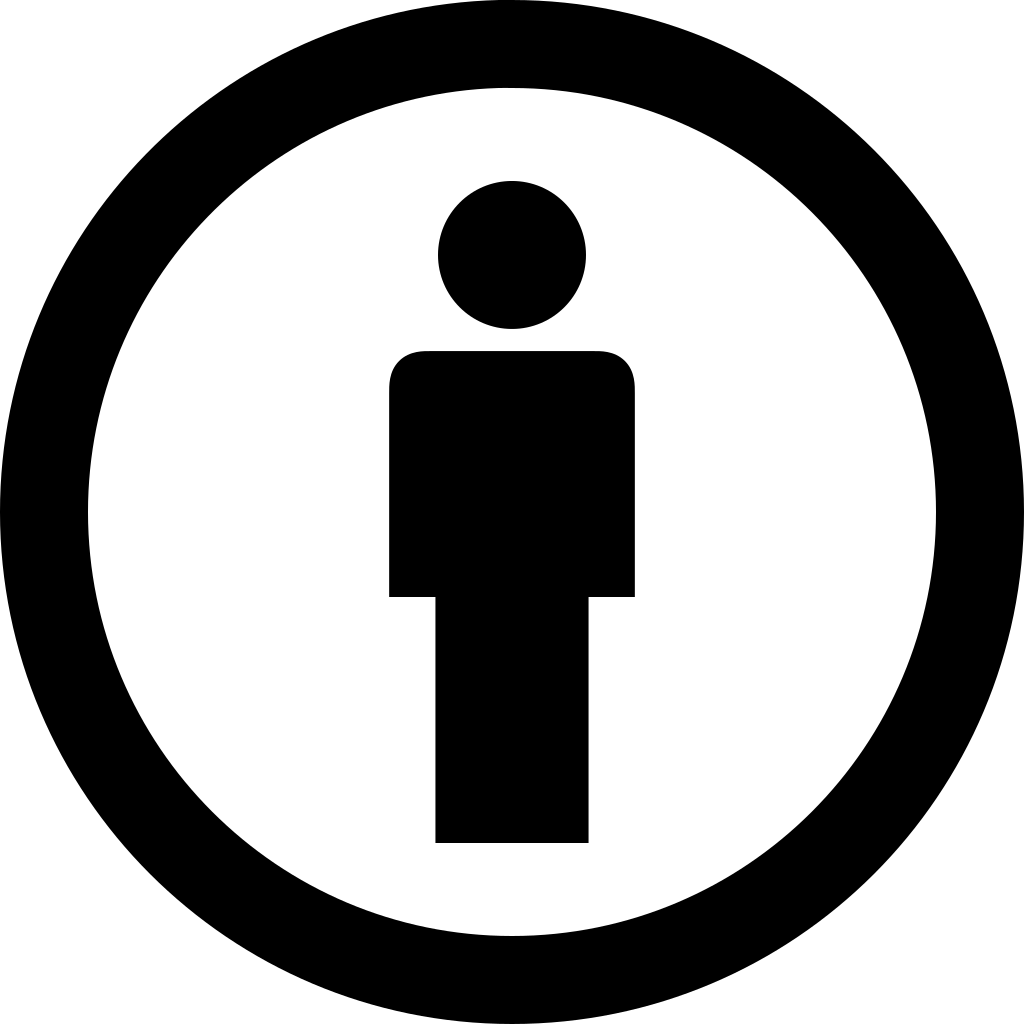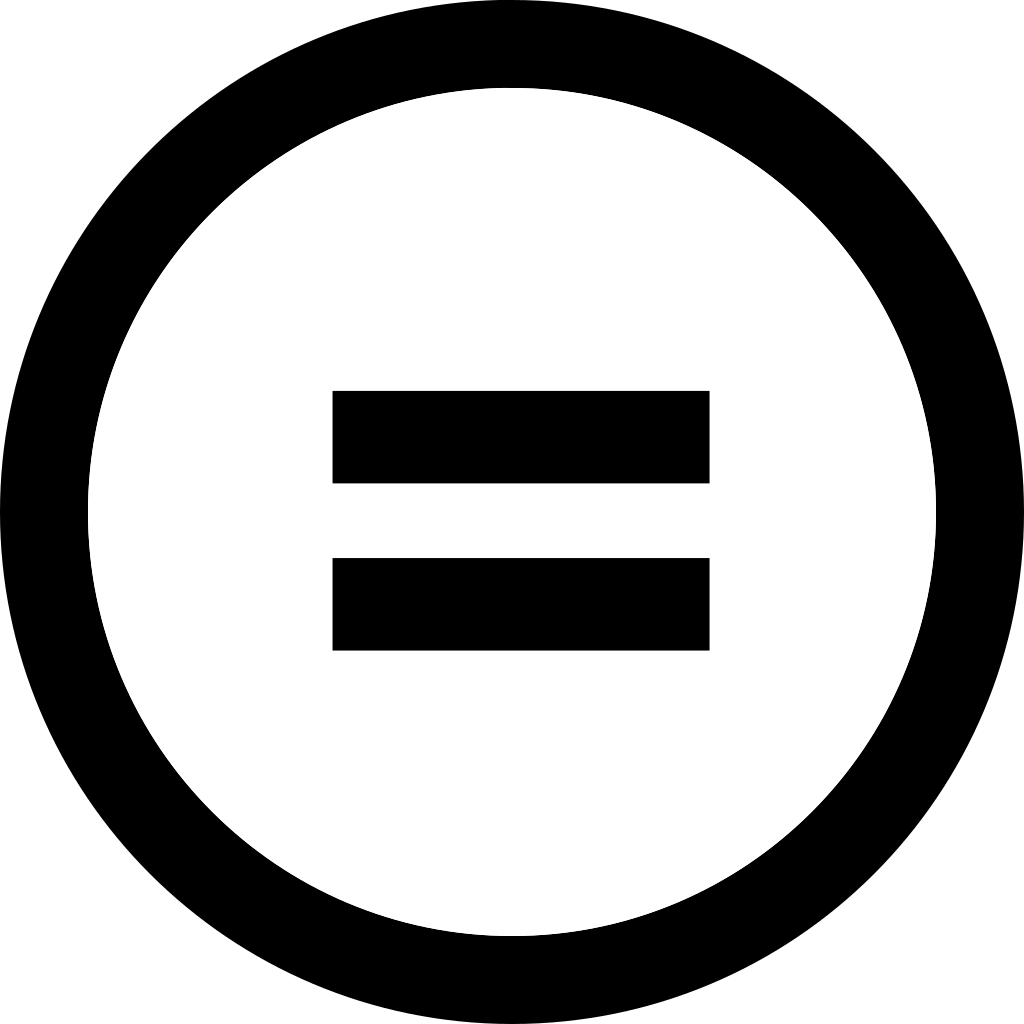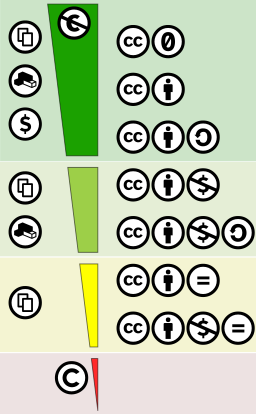| Creative Commons is both a non-profit organization and movement within scholarship, education, and the arts to simplify the use and reuse of original work protected by copyright law. Traditional ("All Rights Reserved") copyright creates restrictive terms for which a work may be used, shared, and adapted. Much of the digital content available online, like photographic images, video clips, audio recordings, and scholarly writing, was created in order to be shared, distributed, and built upon. Creative Commons licenses provide a simple tool for content creators to optimize the sharing and use of their work. Please contact Theresa Dooley at dooleytm@cobleskill.edu (x5858) for more information. |
Creative Commons Licenses
Creative Commons Licensing vs. Copyright
The default for all creative works (including educational content) is all rights reserved copyright, which is automatically bestowed upon the creator when a work comes into being. Copyright is restrictive by default, laying out rights that belong only to the creator of the work with few and vague exceptions. Creative Commons licenses are an alternative to copyright that are permissive by default with options that allow the creator to customize what kind of restrictions they want to put on how their work is used.

CC0 - This license means that there are no additional requirements when using a work. It is effectively public domain and fully free to use.

CC BY - Adding this provision to a license means that the creator has asked to be credited when the work is used or adapted.

CC NC - This provision means that the creator does not want their work to be used for commercial (for profit) purposes.

CC SA - SA stands for Share Alike which means that the creator of the work has asked for any derivative works (works that are modifications of the original work) to be given a Creative Commons license.

CC ND - The No Derivatives provision means that the creator does not want the original work to be modified.
Creators can use any combination of the above provisions to dictate how their work can be used; however, the more provisions tacked onto a license, the more onerous it is for the work to be reused. The diagram on the left shows the various licenses from most open (at the top) to least open (at the bottom). Whether you are creating OERs or using them in the classroom, it is important to be aware of these licensing provisions in order to apply the proper license to your own work or to use a work according to the creator's wishes.
